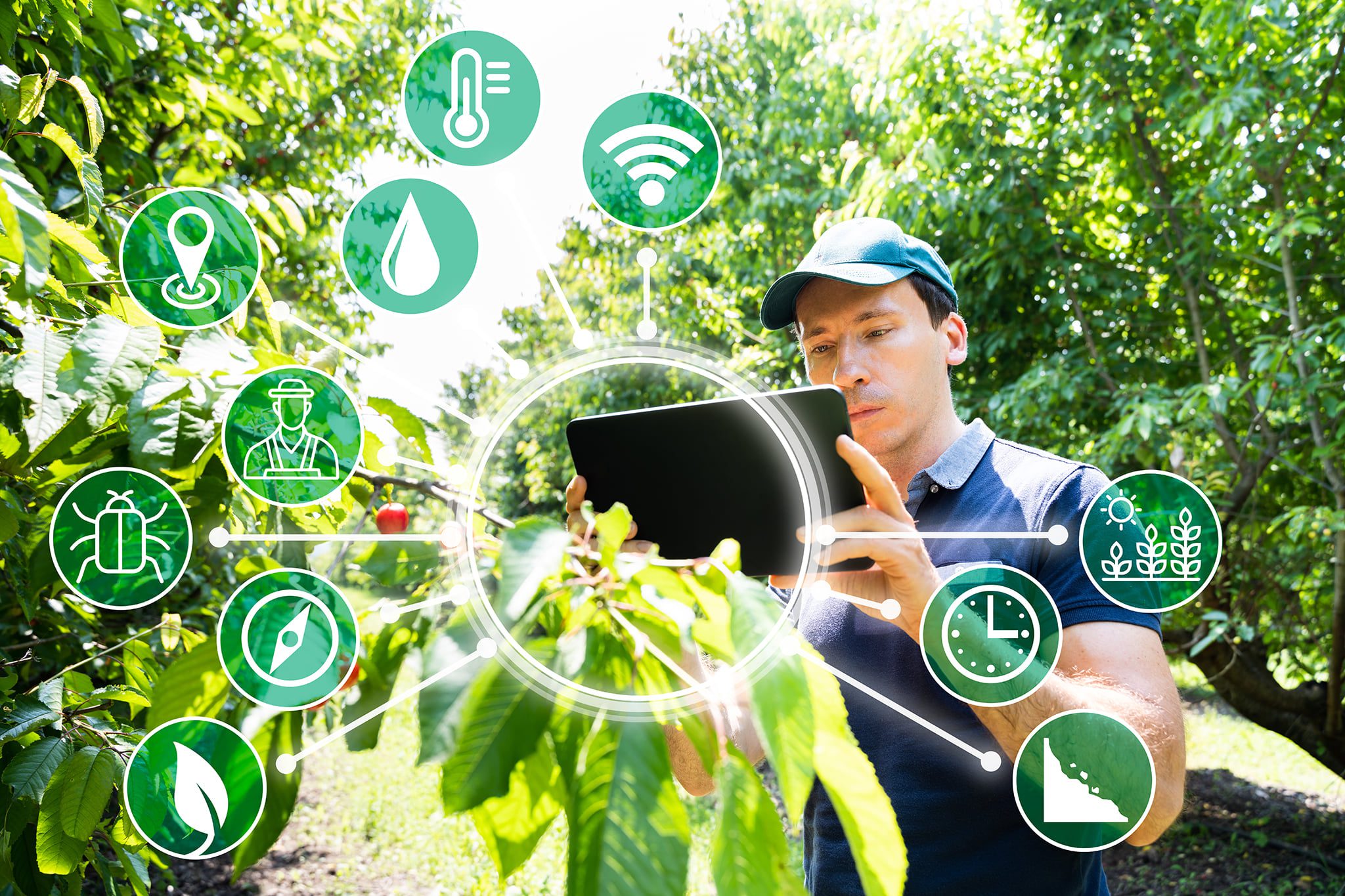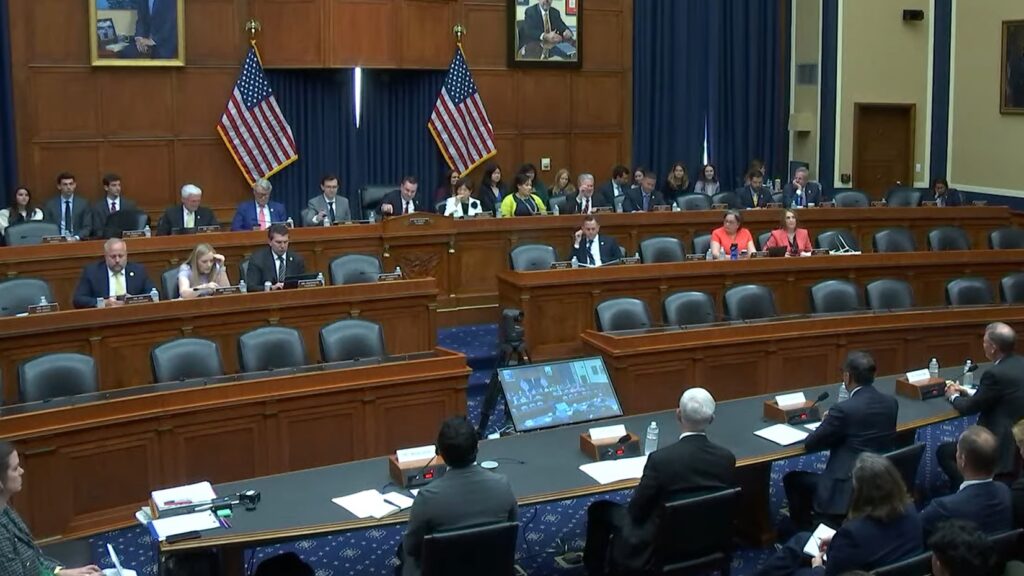AI for Agriculture and Why Farms Need Connectivity
Randy Sukow
|

The FCC’s new task force examining ways to bring more broadband capacity to rural America to support precision agriculture technologies met for the second time recently. It was an all-online affair as the current COVID-19 quarantines prevented task force members from flying to Washington, DC, and sitting together in a meeting room. The sudden reliance on broadband connections for meetings perhaps underlined the growing need for connectivity in the nation’s most remote regions.
So how much capacity does precision agriculture need? It depends on the application.
“If you’re talking about imagery going up and down, you take a picture on the smartphone for Instagram, Facebook or something, it’s an average of 2 to 4 megabytes,” said Craig Ganssle, founder and CEO at Farmwave, an Atlanta-based software developer, who led a presentation during the meeting. “I would say for streaming data, multiple megabits of bandwidth. Other sensors are throwing pure data at kilobits. But as we progress over time, kilobits aren’t going to do it anymore.”
Farmwave is a 12-employee company that has spent seven years developing an artificial intelligence (AI) platform to support agriculture-based mobile applications. It has built an AI library that compiles data to pass along to farmers, both now and in the future, and keeps track of changing data, such as weather patterns and erosion rates. The U.S. Department of Agriculture and several universities use the library.
Most farmers today, if a problem such as a blight affecting crop yields arises, usually call for assistance from an agronomist, crop consultant or extension agent from a nearby university, Ganssle said. But that takes valuable time. “Using vision compute power from our library, Farmwave has the ability to take a picture of a crop that is damaged and look at the disease problem and give you a prediction right away,” he said.
At the same time, he said that his tools employ counting algorithms to estimate crop yields in near real time. “Such as counting the kernels on an ear of corn; we’ve also done this for wheat, tomato cluster counts, cotton nodes on a branch and so on,” Ganssle said.
Farmers could use another Farmwave app while spraying their crops. “As the sprayer goes across the field, it is doing four different jobs … looking at crop height or growth stage, pest detection, stand count [determining how many seeds did or not germinate] and disease warning,” he said. “This could save not only time, but it would eliminate a number of passes of the sprayer going through the field. That has a huge fuel savings.”
The task force also heard a presentation from Don Macke, VP of e2 Entrepreneurial Ecosystems in Wisconsin. He argued that the FCC should shape future proceedings to improve rural connectivity, such as the Rural Digital Opportunity Fund and the Citizens Broadband Radio Service, to ensure participation by local entrepreneurs. He pointed to multiple examples where local companies had the incentive to deploy successful broadband services after larger companies declined.
For example, Consolidated Telephone Co. in Nebraska, is a family-owned company serving a very low-population over a “somewhat challenging geography,” he said.
“As a family that has deep roots in this region, they innovated and made the commitment to bring high-speed reliable broadband and telephony services to not only to communities but to every farm and ranch in their service area,” Macke said. “Consolidated is an example of one of many companies across the country where you have providers that have leadership and are truly committed because this is their home. They ensure that their part of rural America is not left behind or disadvantaged.”


